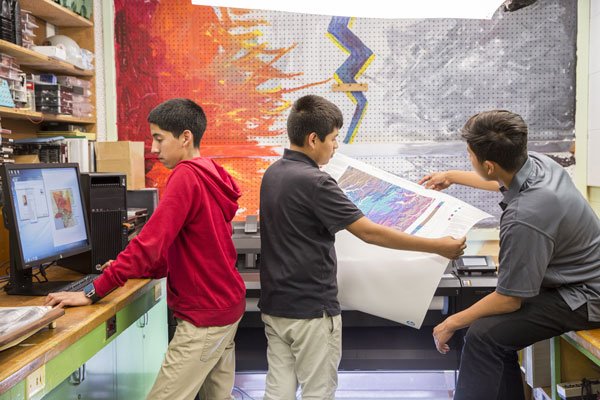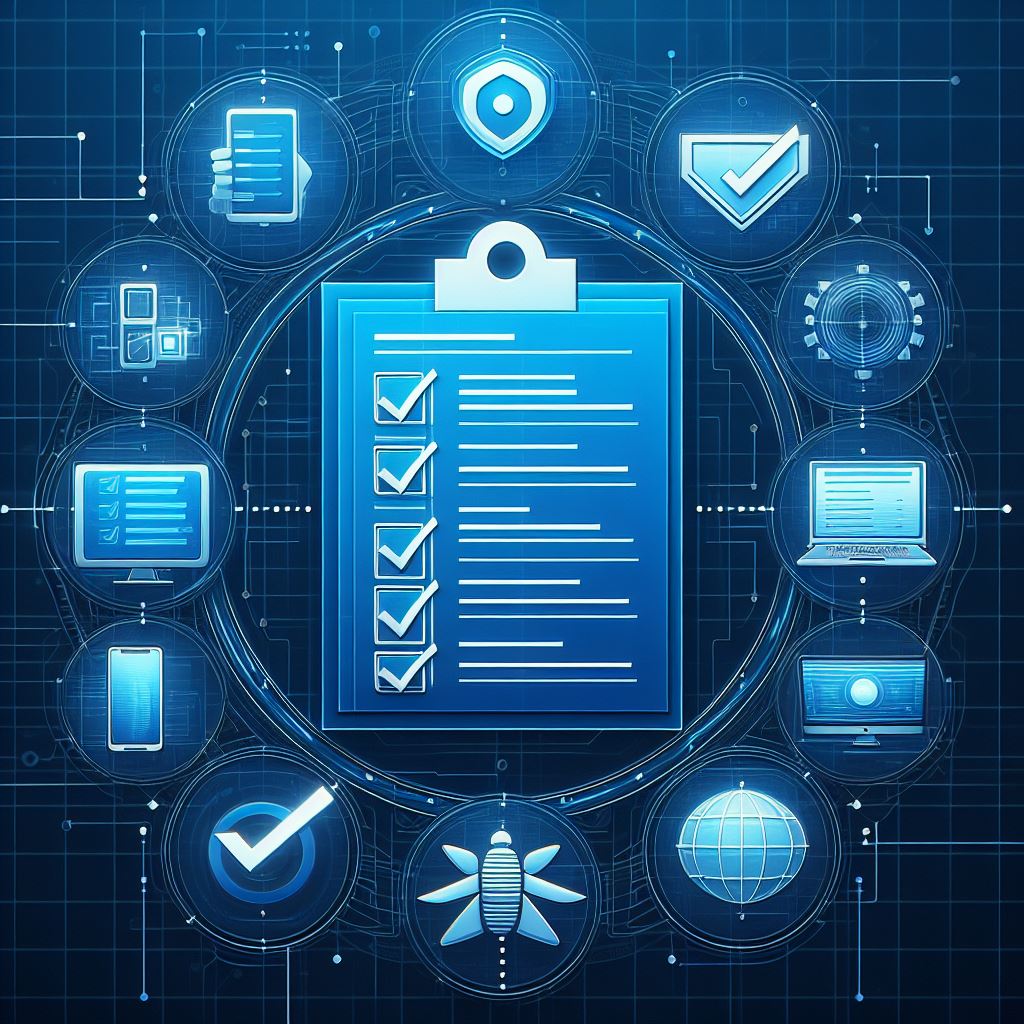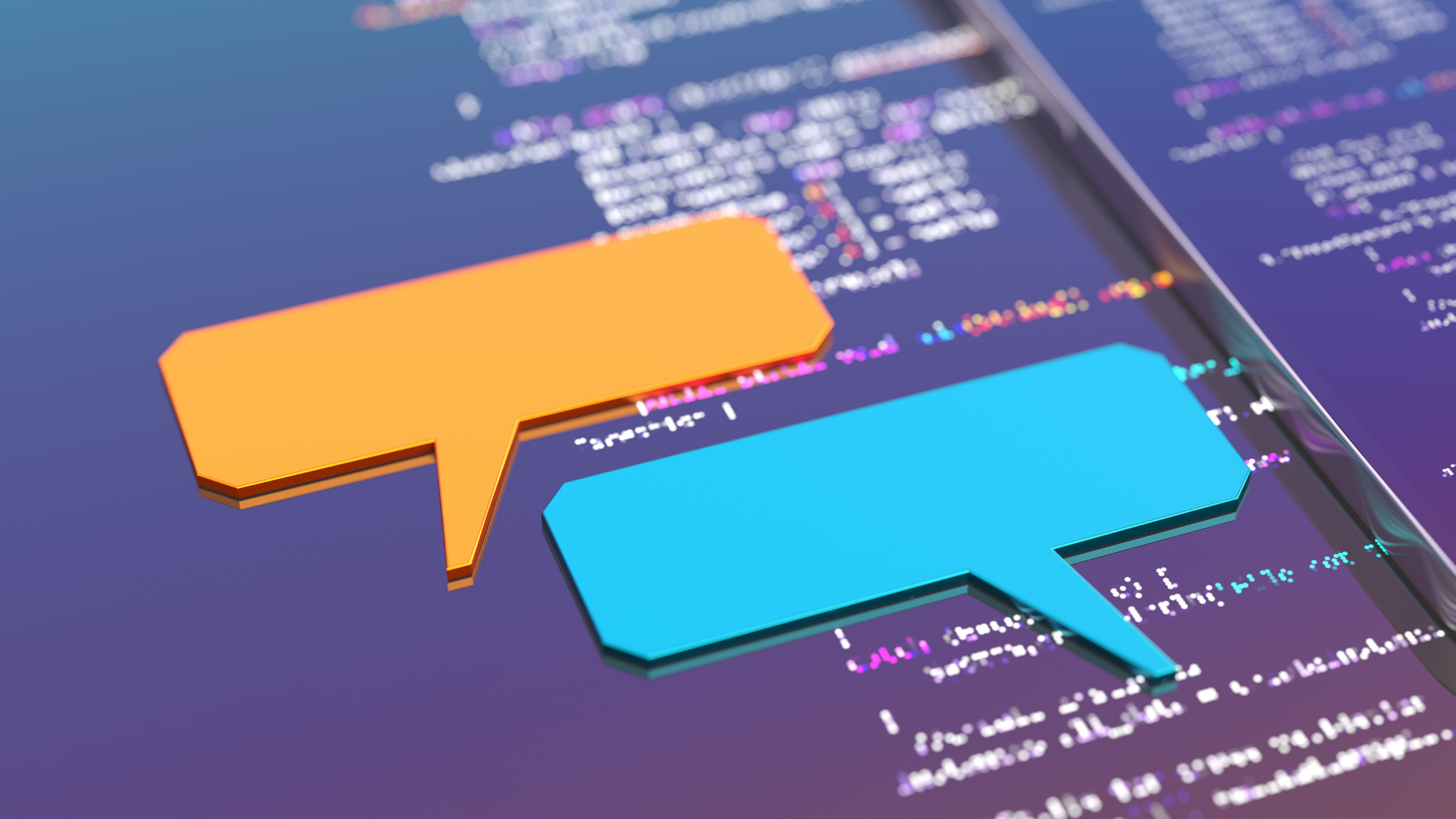By 2020, all schools need to have a strong handle on the Digital Technologies area of the New Zealand Curriculum. We’ve outlined 4 considerations that will help in your 2019 journey.
After a consultation and review process throughout 2017, the Technology Curriculum area of the New Zealand Curriculum has been revised to include two Digital Technologies areas. These are direct learning areas designed to foster the acquisition of real-life digital skills that students will need when entering the workforce post-school. The new curriculum content has been available for implementation since the beginning of the 2018 school year however, by 2020, all schools are expected to address these curriculum areas. With several distinctive requirements, this article will overview what New Era sees as 4 pivotal considerations for 2020 Digital Technologies preparedness .
1. Understand the changes to the curriculum
First port of call is to evaluate what’s new. The original 3 strands of the Technology Learning Area have been reformulated and embedded across five new areas. These are:
- Computational Thinking for Digital Technologies
- Designing and Developing Digital Outcomes
- Designing and Developing Materials Outcomes
- Designing and Developing Processed Outcomes
- Design and Visual Communication
The Digital Technologies facets fall into areas 1 and 2, Computational Thinking for Digital Technologies and Designing and Developing Digital Outcomes. Within these two facets, learning outcomes will be based around the intertwining of six themes; algorithms, data representation, digital applications, digital devices and infrastructure, humans and computers, and programming . Schools need to evaluate and develop a strong understanding of these new areas before any further initiatives can be undertaken.
2. Consider the teaching requirements
Teacher readiness is one of the biggest challenges when implementing new curriculum. Consideration must be given to teacher confidence, knowledge and capability. Every school needs to answer the following questions:
- Who will drive the new curriculum implementation and be seen as the leader within the school for the movement?
- What timeframes are you working towards?
- How will you create and use the right learning tools?
- How will the new curriculum integrate with your school’s established systems?
- What professional learning do your teachers require?
In June 2018 Education Minister Chris Hipkins launched a $12 million support programme that will aid the implementation with face-to-face coaching sessions with digital technologies specialists and online toolkits among other things. Chris Hipkins has encouraged all teachers to sign up to the programme and is a good example of one avenue to help prepare your staff correctly.
3. Evaluate your technology landscape
Although the new curriculum content doesn’t necessarily mean students will be constantly learning through digital devices, they will be a necessity. As such, there are two questions you need address:
- What hardware (laptops, tablets, desktops) and software (Microsoft 365) do you already have that will allow students to obtain the desired outcomes?
- What hardware and software do you need to implement in order for your students to be able to achieve the desired learning outcomes?
As a brief example, your students will require devices and software that foster collaboration, have the ability to enhance programming knowledge and also develop coding ability. Tools will also need to have the right processing power and specs to visually represent ideas and concepts in 3D, and students will need the tools necessary to work with augmented and mixed reality as well.
4. Design a roadmap for implementation
What makes for a smooth project implementation? Consider all the areas you need to assess and orchestrate an actionable roadmap for each component, utilising a strong project management tool like Trello can be a strong tool that fosters on-time implementation. When designing your roadmap there are several steps you should take:
- Evaluate your budget which will in turn dictate what’s possible and not possible.
- Evaluate your current state and identify your target operating state.
- Identify each individual component and set realistic deadlines for completion. To avoid bottlenecks it’s wise to stagger these in stages.
- Identify all necessary stakeholders (school board, parents, heads of faculty, teachers and students) and outline necessary requirements to all.
- Hold regular meetings to follow up on tasks and track your progress.
At New Era, we pride ourselves on providing innovative technology solutions that empower a new generation of teaching and learning. With the new Digital Technologies deadline quickly approaching, our team can evaluate your ICT needs and help you select solutions that will support your 2020 implementation goals.


 Australia
Australia Canada
Canada UAE
UAE United Kingdom
United Kingdom United States
United States




